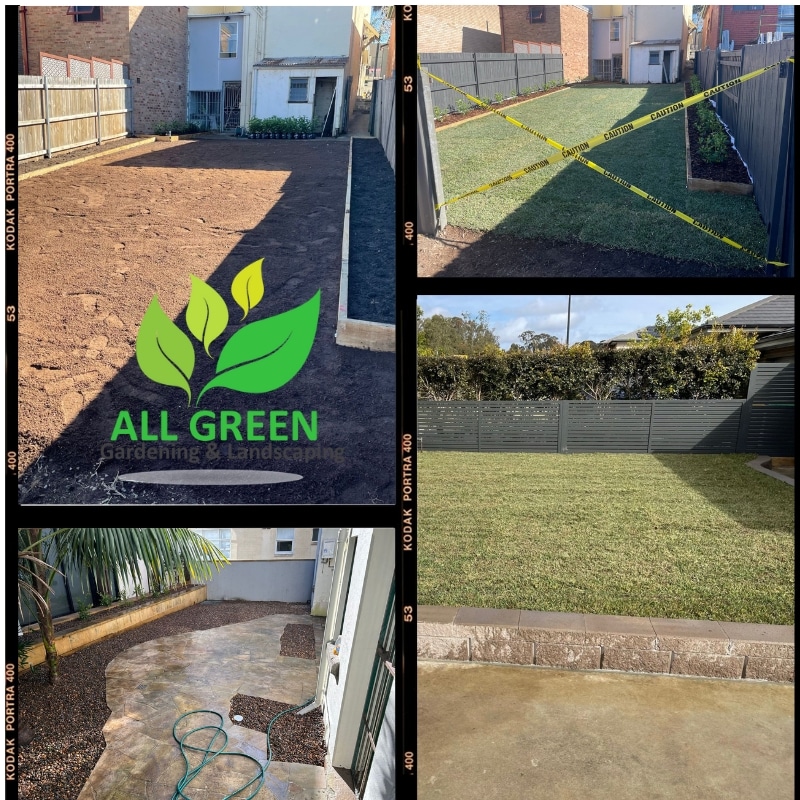Need cheap gardeners in Wattle Grove? Your one-stop destination for all gardening and landscaping requirements is All Green Gardening and Landscaping. We provide services ranging from mulching, weeding, garden maintenance, and turfing to rubbish removal. We are considered to be one of the best gardening contractors near you, with our five-star rated services in your local area.
We offer garden maintenance from skilled gardeners. We‘re recognised for our strong focus on details and superior gardening provisions.


